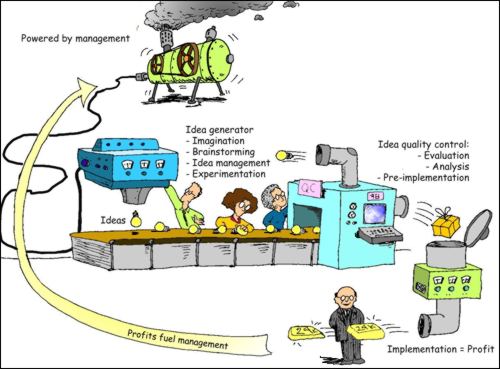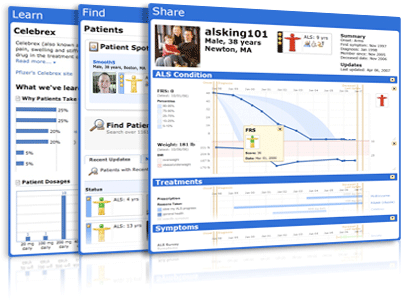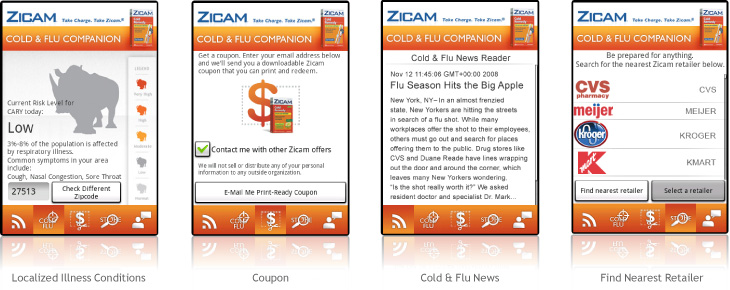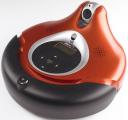Legal Brain Boosting Drugs?
Saturday, December 13th, 2008“Based on our considerations, we call for a presumption that mentally competent adults should be able to engage in cognitive enhancement using drugs.”
 Or so argue seven highly credentialed scholars in their commentary in the prestigious journal Nature, titled, Towards the Responsible Use of Cognition-Enhancing Drugs by the Health.
Or so argue seven highly credentialed scholars in their commentary in the prestigious journal Nature, titled, Towards the Responsible Use of Cognition-Enhancing Drugs by the Health.
 Using prescription-only drugs such as Adderall or Ritalin, or entirely new drugs, to boost brain power would certainly provide a powerful new tool for cognitive designers or anyone interested in improving cognition. Check out their argument in the article and let me know what you think. Nature has also set up a public Forum for you to provide a personal answer to:
Using prescription-only drugs such as Adderall or Ritalin, or entirely new drugs, to boost brain power would certainly provide a powerful new tool for cognitive designers or anyone interested in improving cognition. Check out their argument in the article and let me know what you think. Nature has also set up a public Forum for you to provide a personal answer to:











